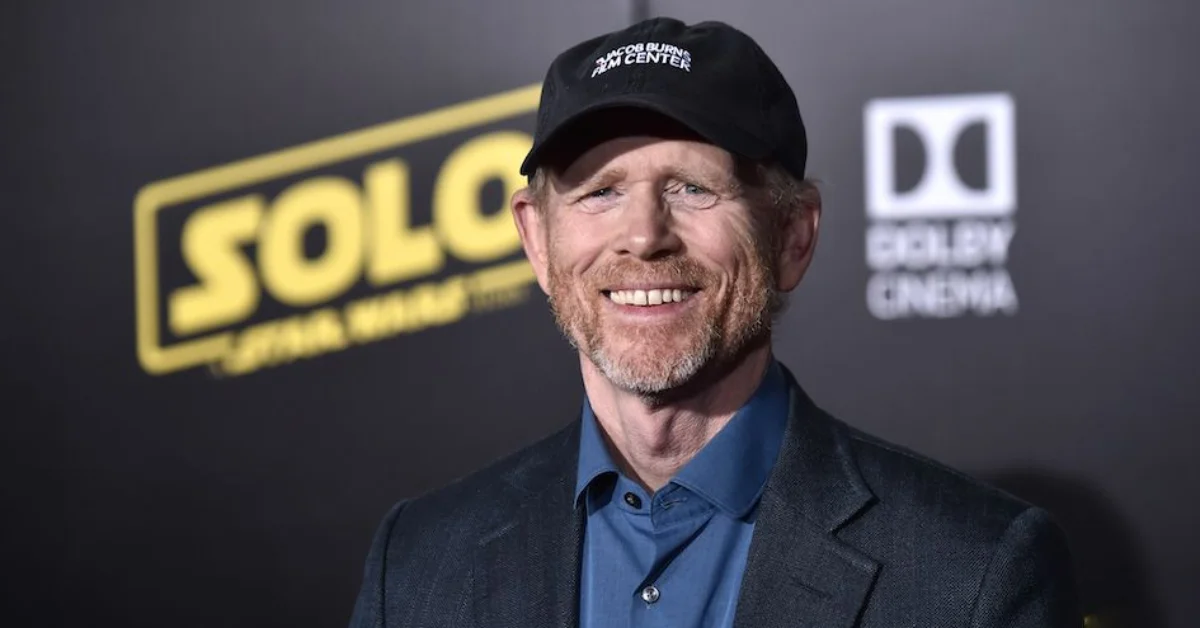When Ron Howard took over directing duties on “Solo: A Star Wars Story,” few anticipated it would become such a significant flop in the storied franchise. The high-budget film ultimately joined the ranks of Hollywood’s notorious box-office bombs.
The space western encountered substantial challenges from its inception. Originally helmed by Phil Lord and Chris Miller, the mid-production director replacement created unprecedented turmoil for the Star Wars anthology series. Howard inherited a troubled production with only weeks of principal photography remaining.
Lucasfilm president Kathleen Kennedy made the difficult decision to implement extensive reshoot budget increase, extending the reshoot schedule to five weeks at Pinewood Studios. These production troubles led to significant budget overruns, pushing costs to approximately $275-300 million.
The origin story of beloved character Han Solo faced skepticism from fans concerned about Alden Ehrenreich stepping into Harrison Ford’s iconic role. Despite being part of Disney’s carefully planned theatrical slate, the spin-off struggled to generate excitement even during Star Wars Celebration events.
When examining the film’s box office receipts, the numbers tell a sobering story. With a worldwide gross of $392.9 million against a break-even threshold of approximately $500 million, the space opera clearly underperformed studio expectations.
The negative opening weekend drop of 65% in its second weekend alarmed industry analysts, signaling the origin prequel had failed to resonate with its target audience. This debacle represented a rare misstep for the typically reliable media franchise.
Despite decent critical reception with a Rotten Tomatoes score of 69% from critics, the fan backlash proved insurmountable. The washout performance forced Disney to reevaluate its approach to Star Wars anthology series films.
The cinematography, screenplay, editing, soundtrack, and visual effects all received mixed reviews from critics. While some praised individual elements, the overall ensemble cast featuring Woody Harrelson, Emilia Clarke, and Donald Glover couldn’t salvage what became a dud.
Released on May 25, 2018, the timing placed “Solo” just months after “The Last Jedi,” potentially contributing to audience fatigue. What should have been a blockbuster instead became a fiasco that altered the trajectory of future standalone films.
The flop etymology traces back to 1880, likely as a variant of “flap,” aptly describing how the film collapsed commercially. Similarly, the term bomb evolved ironically from early 20th century usage meaning “exploded success” to its modern connotation of dramatic failure.
This failure is particularly noteworthy given Howard’s impressive directorial resume. The anthology (from Greek “anthologia,” meaning “collection of flowers or poems”) approach to standalone stories was supposed to expand the universe beyond the main saga films.
The polysemy of flop (both “complete failure” and “to collapse heavily”) and bomb (both “explosive device” and “failure”) creates linguistic layers that mirror the film’s complex production story.
Industry experts continue to debate whether the film truly deserves its reputation as a smash failure or whether it fell victim to unrealistic expectations. What’s clear is that it didn’t achieve the hit status of other entries in the franchise.
For Lucasfilm, the experience proved instructive about the challenges of balancing fan expectations with creative experimentation. The lessons learned from this debacle continue to influence how the studio approaches future projects within the beloved galaxy far, far away.
